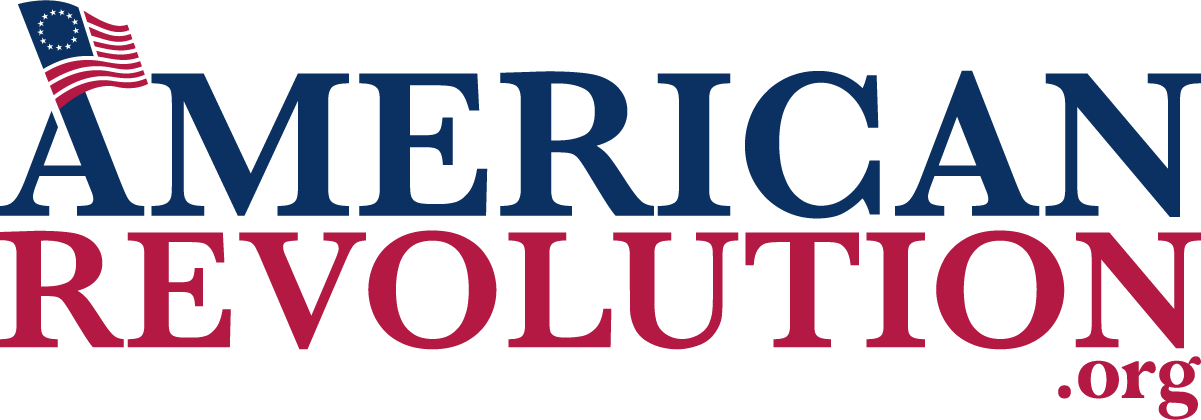1. The Middle Colonies were the most ethnically diverse in British North America
While New England and the Southern Colonies were predominantly inhabited by migrants of English descent, with a large African slave population in the South, the Middle Colonies were inhabited by a broader mixture of people from England, the Netherlands, Germany, Scotland, Ireland, Sweden, Finland, and Africa, including those both free and enslaved.
2. The Middle Colonies were known for their religious tolerance
A wide range of different religious groups coexisted in the Middle Colonies, including Quakers, Dutch Reformed, Lutheran, Presbyterian, Anglican, and Mennonite/Anabaptist sects.
By contrast, in New England, most settlements upheld strict Puritan values, leading many to leave for the Middle Colonies, as well as Rhode Island.
3. The Middle Colonies were known as the “breadbasket of the New World” due to their farming output
The Middle Colonies had fertile soil and an ideal climate for growing crops such as corn, wheat, barley, and rye.
As a result, the region was an agricultural hub, and many farms also raised livestock such as cattle, pigs, and sheep.
4. The population of the Middle Colonies was 520,000 people, as of 1770
The population grew steadily from 63,000 in 1710 to 200,000 in 1740, to 520,000 in 1770.
Pennsylvania was the most populous Middle Colony, followed by New York, New Jersey, and Delaware.
5. Many parts of the Middle Colonies were first established as a Dutch colony, known as New Netherland, with Manhattan named New Amsterdam
New Netherland was established by the Dutch West India Company as a trading outpost in the 1620s. The colony was large, with major settlements in modern-day New York, New Jersey, Delaware, and Connecticut.
After the Third Anglo-Dutch War, the Dutch handed the colony over to England in 1674. Many place names in New York originate from the original Dutch settlers, such as Harlem (Haarlem) and Brooklyn (Breukelen).
6. By 1748, half of all households in New York City had at least one slave
While slavery was not as rampant in the Middle Colonies as it was in the South, there were large slave populations in New York, especially in New York City.
7. The first formal condemnation of slavery in America came from the Middle Colonies
In 1688, the Germantown Petition was published by German Quakers and Mennonites in Pennsylvania. It called for an end to slavery in the Thirteen Colonies, arguing for equal rights for every human being.
8. Philadelphia was the largest city in British North America by the 1760s, with a population of 19,000
Boston was in second place with 16,000, followed by New York with 14,000.
The vast majority of the colonists lived in the countryside, meaning that the concentration of the population in urban centers was much lower than it is today.
9. The Middle Colonies had a strong iron mining and smelting industry
Iron was mined across the Middle Colonies, especially in Pennsylvania, before being smelted into bar iron or pig iron.
Gunsmiths and iron mills would then use the iron to make finished products such as rifles, barrel hoops, latches, and locks. A significant quantity of raw iron was also exported to Britain.
10. From the 1730s to the 1760s, millions of acres of land were seized from Native American tribes in the Middle Colonies
The Penn family alone seized ~1.2 million acres from the Lenape tribe in 1737 in what became known as the Walking Purchase. Larger transfers followed with the Treaty of Fort Stanwix (1768), negotiated with the Haudenosaunee, which ceded over 27 million acres overall.
This agreement defined Pennsylvania’s “New Purchase” of land, opening most of central/western PA to settlement.
In New Jersey, the Treaty of Easton (1758) extinguished most Lenape land claims, confining them to a small reservation of a few thousand acres.

